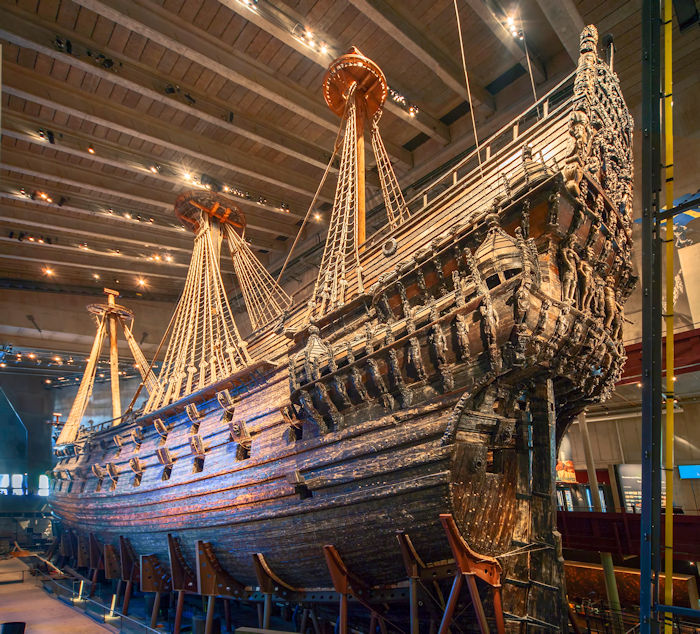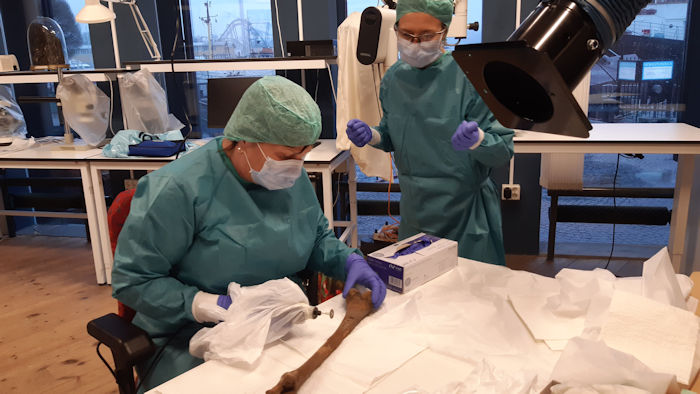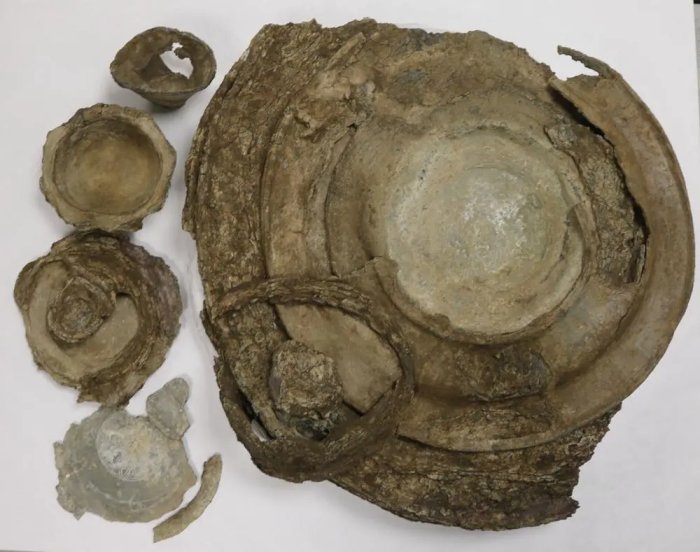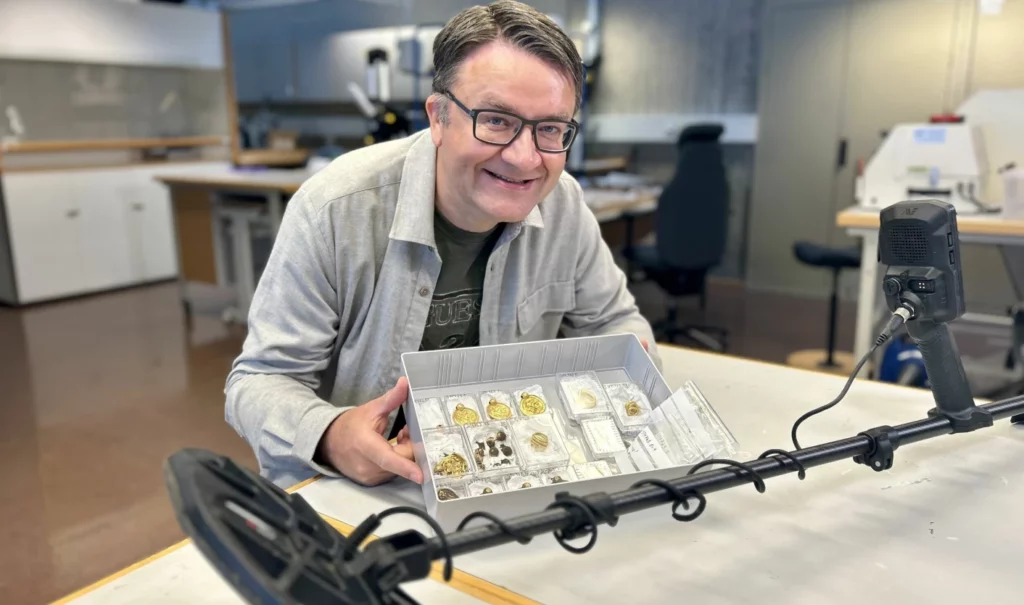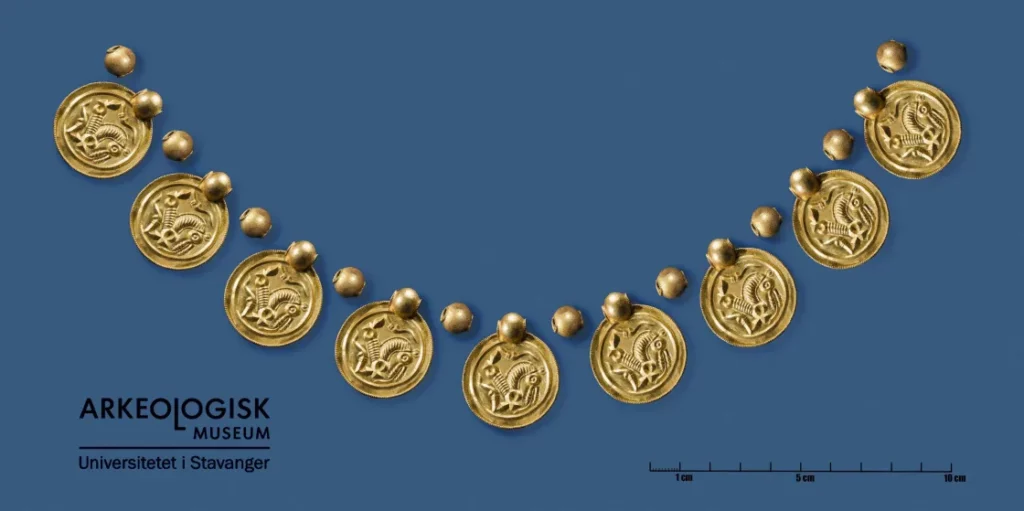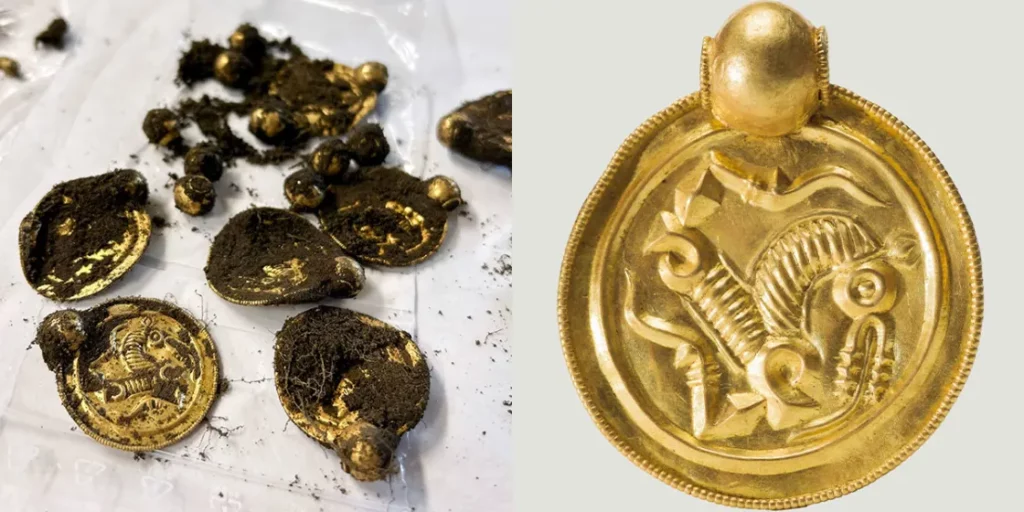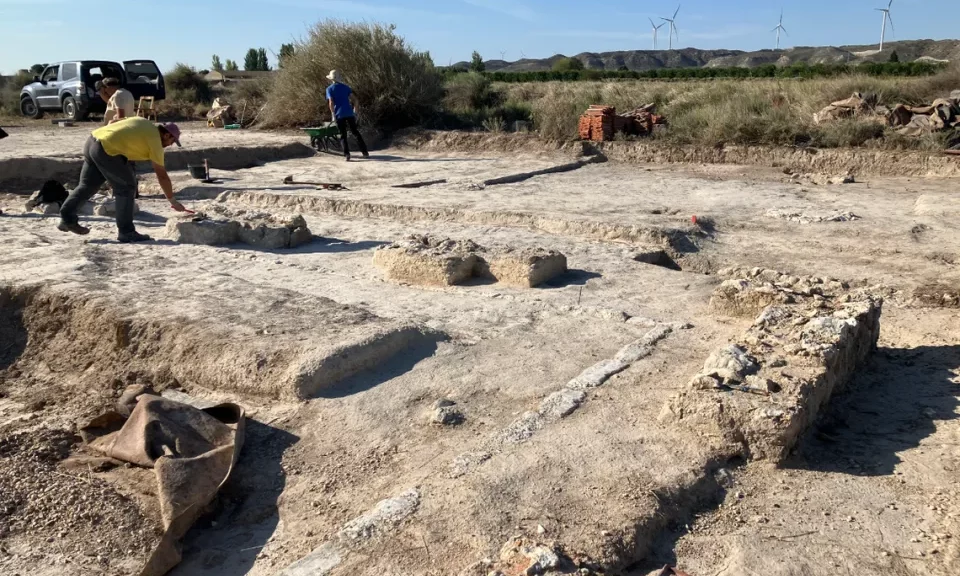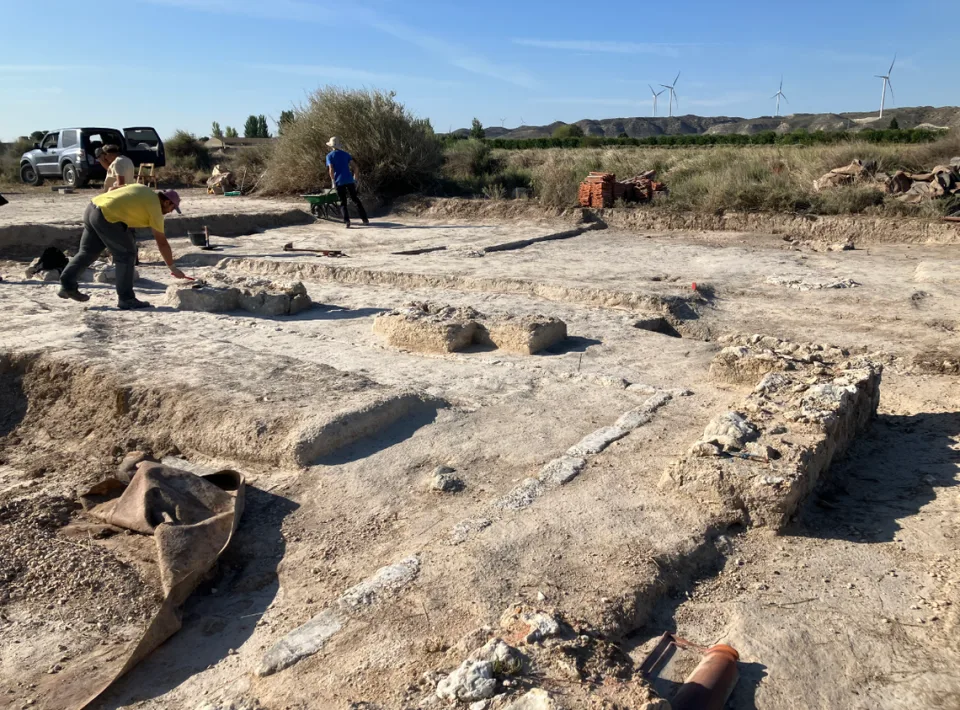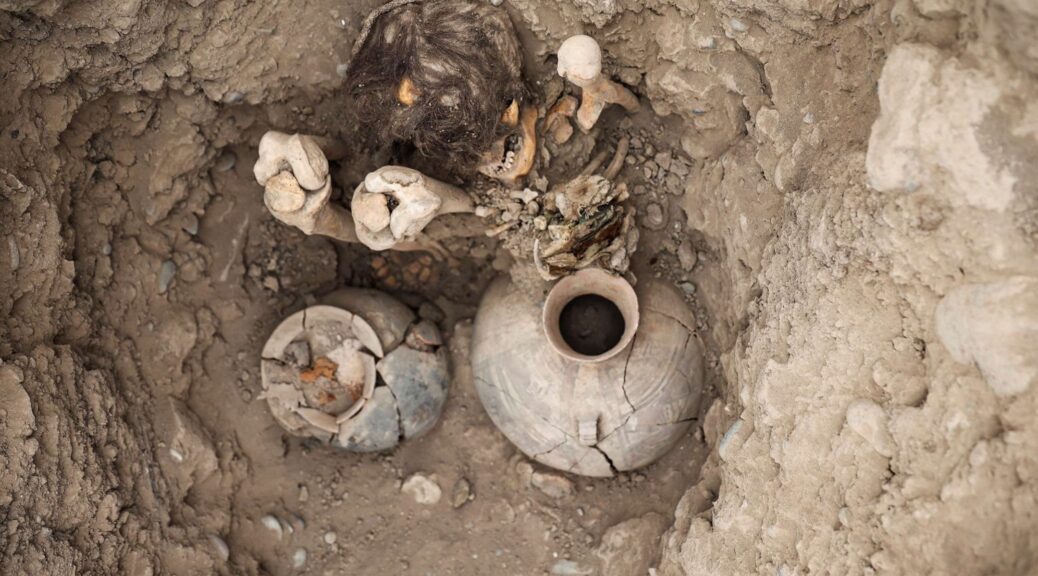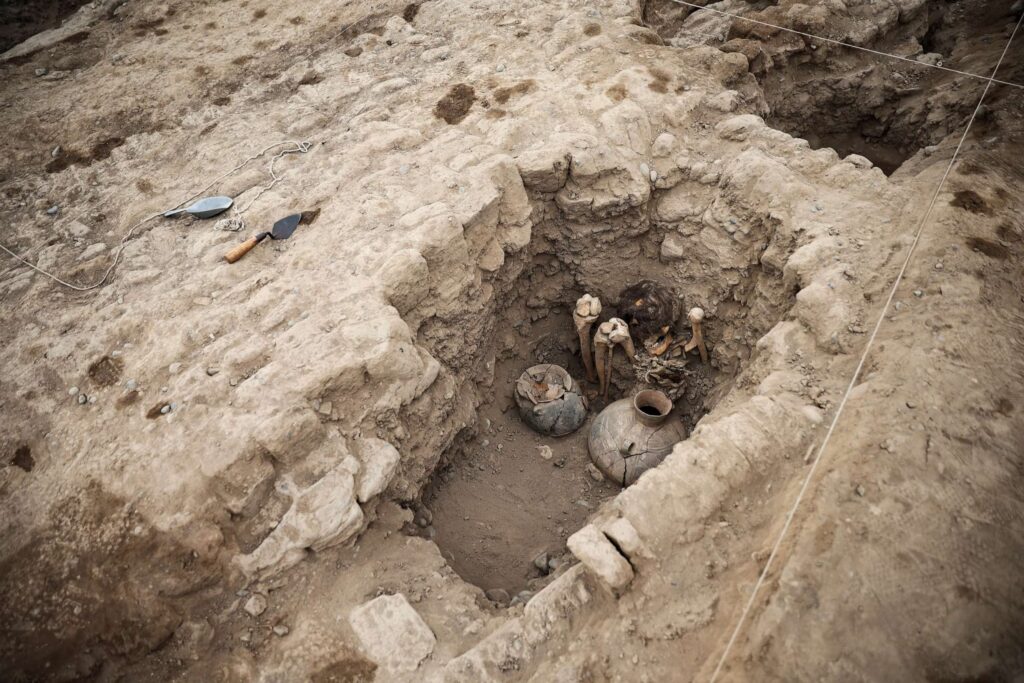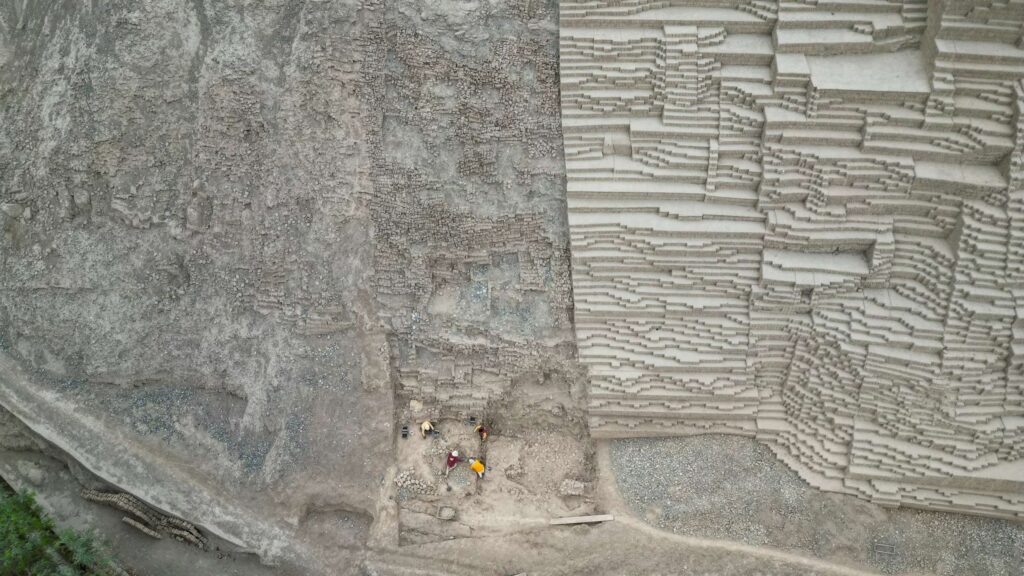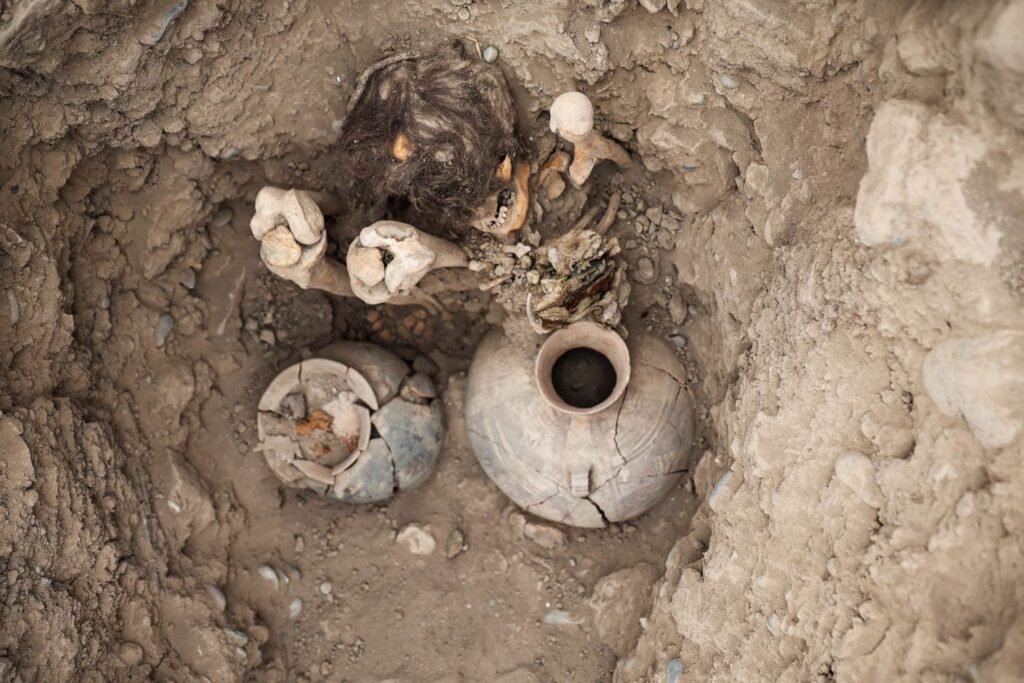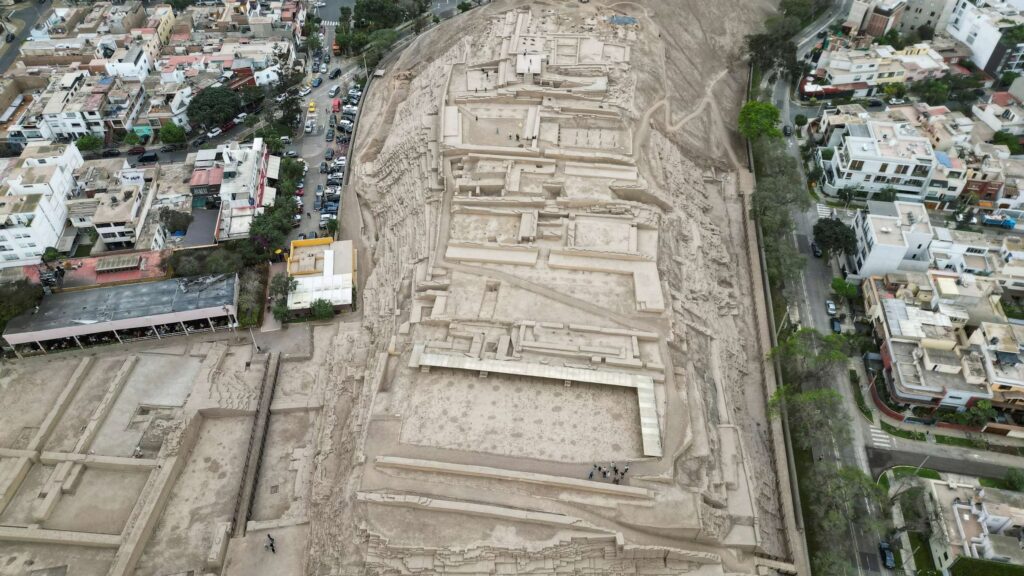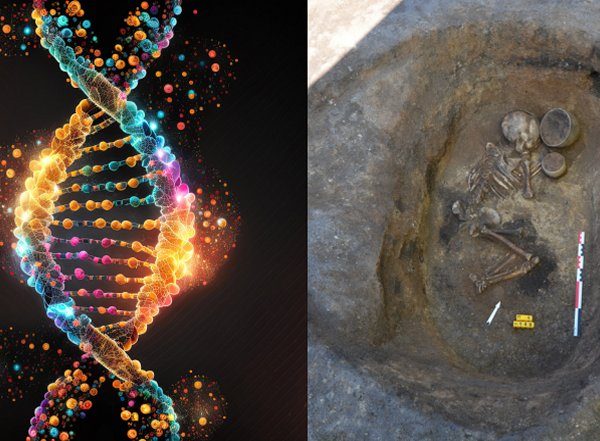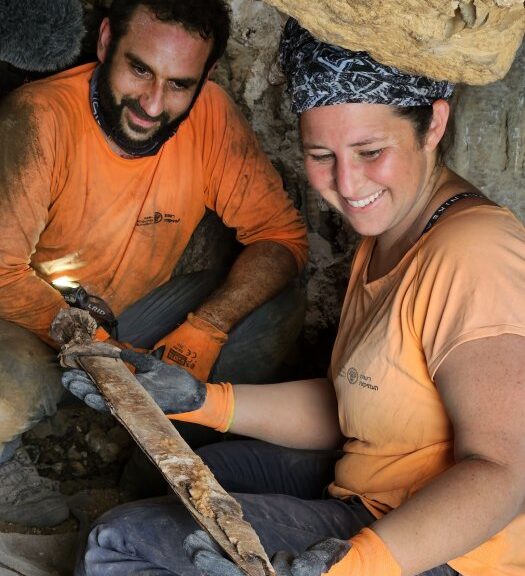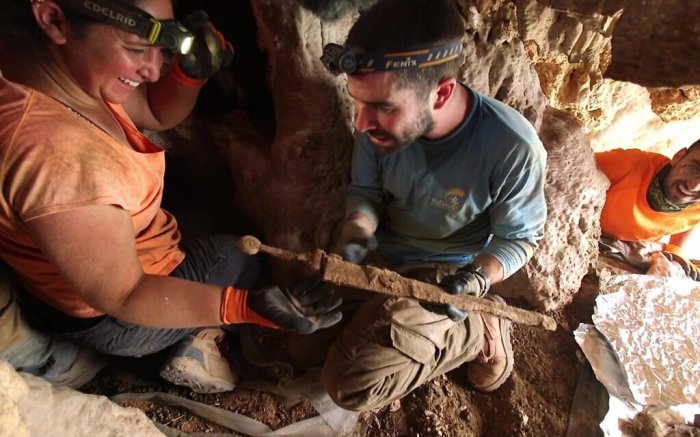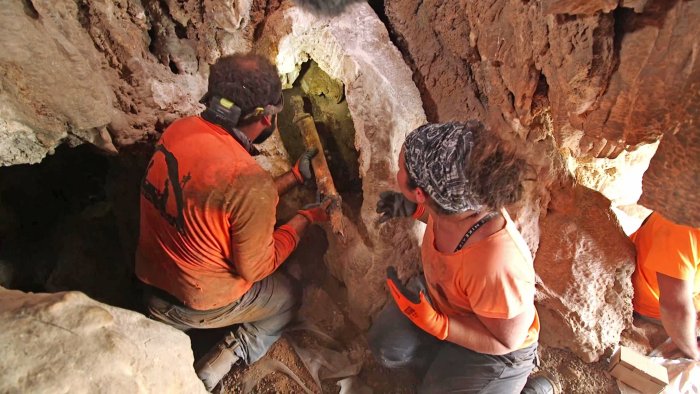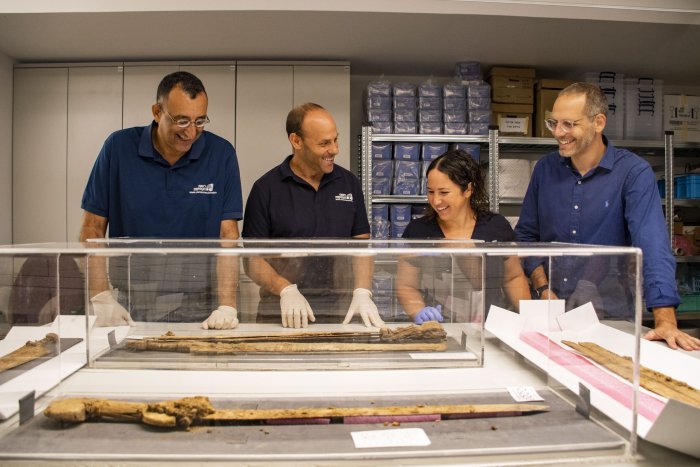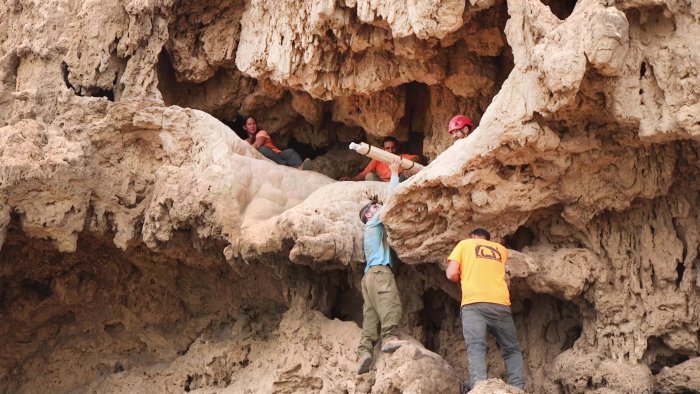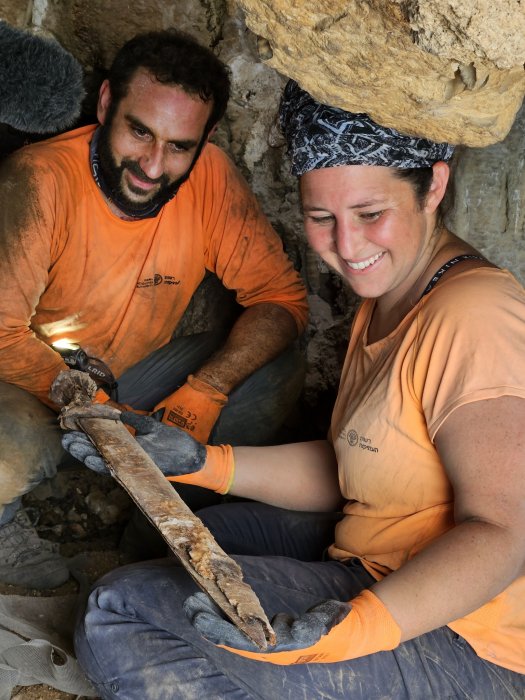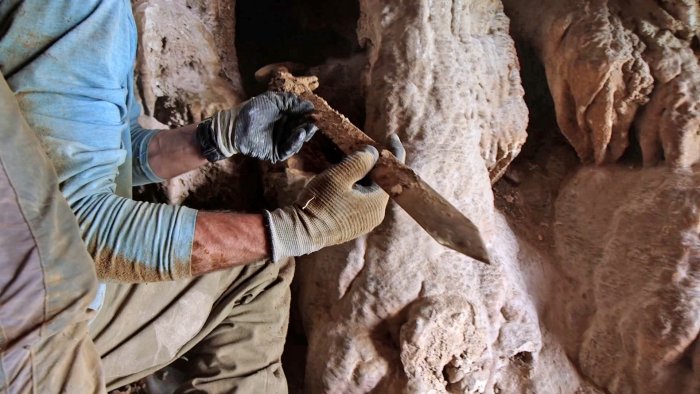Rudra – Mighty Hindu God Of Death, Destruction, Hunting Who Heals Mortal Diseases
In the Rig Veda, an ancient Indian collection of Vedic Sanskrit hymns, some of them are dedicated to a powerful and complex god Rudra, praised as the ‘mightiest of the mighty.’ He is Lord of Yoga, the one who restores the wholeness of the absolute.
However, he is much more than that.

He is described as a mighty god, armed with a bow and black arrows, flying fast, wearing a scythe, accompanied by Maruts, who in Vedic and Hindu mythology, are the deities symbolizing storm, thunder, wind, thunder, and lightning, and so does the great Rudra himself.
In addition, he is associated with disease, misfortune, and even death, but as a hunter – dressed in animal skins, with long black hair pulled into a knot, and with a bow and black arrows – is also closely associated with mountains and forests.
To attest to his mighty powers, we must add that Rudra is also the king of medicines and a healer, as he could bring diseases and heal from them.
The people turned to him with prayers for mercy and health and called him “Having a sedative healing remedy,” “Holder of a thousand healing remedies,” or “The most healing of healers.”
Sometimes, he holds the arrow in his hand and acts as a destructive power and a plant (or a water vessel) in the other to demonstrate the revitalizing abilities that pulsate in plants, water, and heals.
To heal the illnesses of mortals, the mighty Rudra comes up with a much better idea than the one given to him by the god Brahma, who asked him to plunge into waters to create mortals.
According to Rigveda, Rudra decided to develop the plants and herbs to become the mortals’ best medicines. The fiery nature of Rudra makes him comparable to the qualities of a Vedic god of fire, Agni, also one of the supreme deities of the Vedic lore.
It happens that Rudra (the Vedic precursor of Shiva, the destroyer) is remembered as ‘the roarer’ and the one ‘who eradicates problems from their roots. He is also associated with the god of death, Yama.
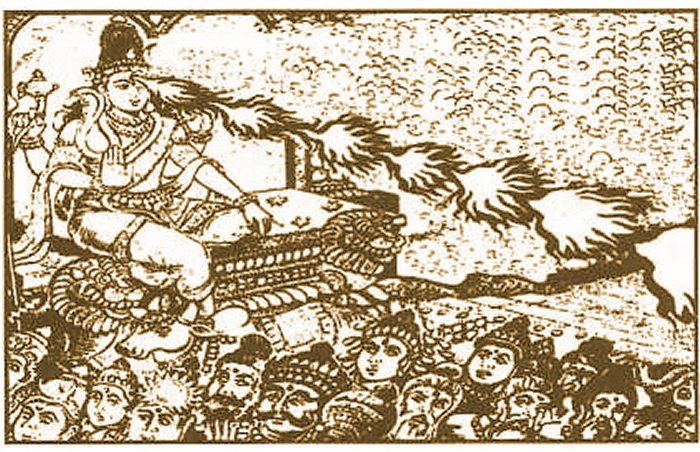
But scholars sometimes considered him as the “fertility god of the Indus valley, whose symbol was the bull. He is, however, sometimes depicted in the posture of a yogi. These aspects suggest a link to the later Shiva. In the Rig Veda, Rudra, whose wife’s name, Prsni (“water bag,”) is a bringer of life-giving rain and other boons. As a fertility god, he is represented by the phallus (or linga), which will take on increased importance in the Shiva cult.”
His weapons are a bow, an arrow, and a trishula, which in Greek mythology is known as the trident.
The trishula (in Sanskrit, “triple-spear”) represents a mysterious symbol of great importance in India. It was later the weapon of Shiva (‘the destroyer’). Three prongs reflected Shiva’s function as creator, destroyer, and preserver and represented the Law (Dharma), the basic principles of personal or cosmic or existence – divine law.
This mighty deity of the Hindu pantheon developed later into the powerful god Shiva, with whom he was often associated as Rudra/Shiva. Young, fast, invincible, and untouchable, Rudra dwells in the north, with which, as well as with the west, everything cold, darkness, and evil are connected, according to the ancient Indian model of the world.
Rudra’s wife was Sati, the daughter of the lord of all creatures, Daksha. Sati was deeply in love with her husband, who was handsome, strong with powerful arms, and a body decorated with ornaments of gold and a brilliant necklace. His chariot is swift, and a club, lightning bolt, or bow and arrows never miss a target, making him a great danger to his enemies.
In excavated ruins of Mohenjo-Daro and Harappa dated to the Indus Civilization that existed between 3000 and 2000 BC,) archaeologists found “a seated figure with crossed legs, three heads, and surrounded by animals.
“The figure is the position of meditation, which is still used by yogis nowadays. This nameless god is undoubtedly a precursor of Shiva, the Lord of the Three Worlds, the Prince of Ascetics, and the Protector of the Animal Kingdom.
Interestingly, the first name by which this god is found in the Vedas is – Rudra. Rudra is above all a violent god, the god of storms and destruction., who is also feared by the other gods, although there were benevolent aspects even at that time.”
Later, in post-Vedic mythology, the cult of Shiva developed from the cult of Rudra. His very name (and his epithets Pashupati, “master of cattle,” Sharva, etc.) later became one of the nicknames of Shiva.

